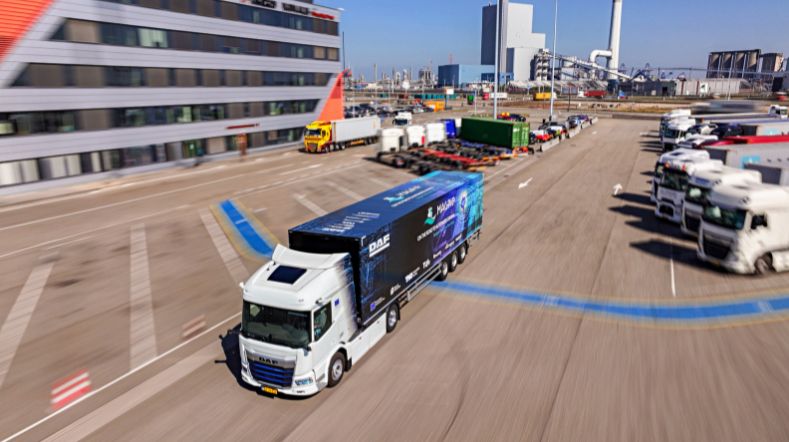
Automated logistics in road transport
The world of road transport is developing rapidly, due to the impact of digitalisation and automation. That’s why we are conducting multidisciplinary research into the safe and responsible roll-out of Connected Automated Transport in the logistics sector, i.e. automated logistics. Because by means of technological and social innovations, we can ensure that the changes actually contribute to safer and more sustainable logistics.
Digitisation and automation in road transport
Modern trucks are fitted with an increasing number of automation functions, known as Advanced Driver Assistance Systems (ADAS). And as a follow-up to this, the first experiences with ‘truck platooning’ in which trucks drive in a column in close proximity to one another, have already been acquired. This makes freight transport faster, more productive, safer and more sustainable. We’re also experimenting with highly automated, unmanned autonomous transport. Connectivity is increasing quickly, in, for example, the form of smart traffic lights that are rapidly being installed in the Netherlands. Or trucks with 2 trailers - so-called SuperEcoCombis.
Technological and social innovation
The speed at which these technologies are advancing is uncertain. There’s still a great deal of uncertainty regarding legislation, policies and technology. It’s important to consider what would be a safe and responsible way to introduce these technologies into the logistics sector. In fact, this must be done as quickly as possible, because we’re facing great challenges in terms of road safety, sustainability and reducing emissions. And technological innovation alone is not enough. In order for the innovations to make a positive contribution to safer and more sustainable logistics, social acceptance is also important. How drivers and planners, for example, deal with these new technologies is important.
Introducing new technologies
Introducing new Connected and Automated Transport technologies safely and responsibly raises many questions. This new and complex development connects different domains and disciplines. These include transport and logistics, vehicle automation, human behaviour, ICT, policy, traffic science, data science and operations research. These disciplines come together through various methods of research. We develop small-scale experiments, or large-scale tests on public roads. It’s not only the wheels on the road that help us understand the impact of Connected and Automated Transport on safety and sustainability. Simulations, surveys, desk research, serious gaming and driving simulators also contribute to this understanding.
Pre-competitive research in a broad ecosystem
Our Connected Automated Transport projects often combine conflicting interests of business and social parties. Working towards an accelerated, safe and responsible introduction of connectivity and automation in the transport sector is a real system innovation. Many partners work together: transporters, shippers, vehicle manufacturers, insurers, ICT developers, governments and authorities, and educational and knowledge institutions. Together, we’re able to make transport safer and more sustainable.
Get inspired
How is YER award winner Chris van der Ploeg doing?
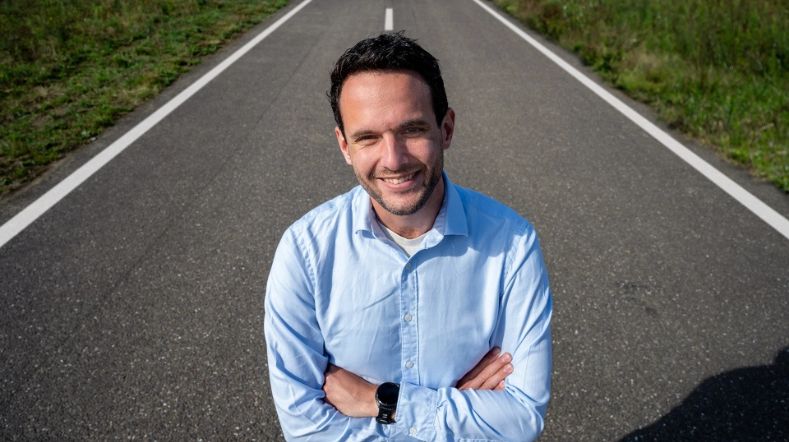

TNO launches Motion Comfort Institute for automated vehicle era
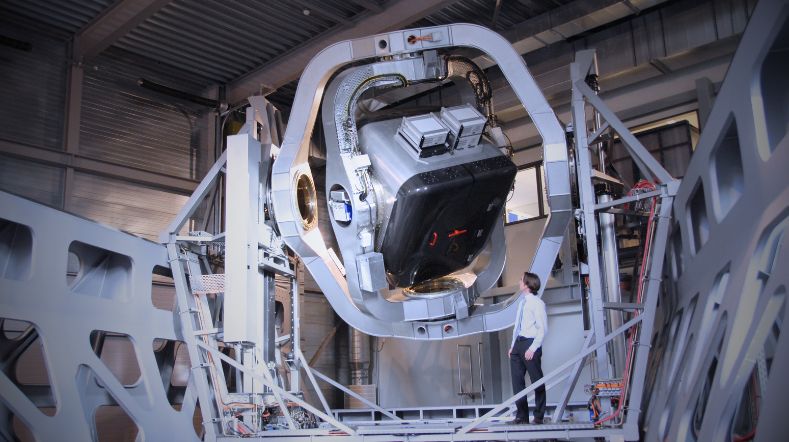

Releasing autonomous software faster with DeepScenario and TNO’s StreetWise
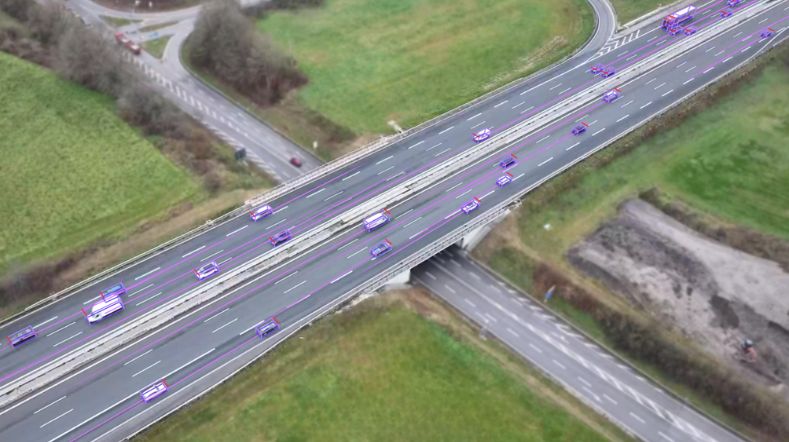

MARQ opens its doors: a place to collaborate on the mobility of the future
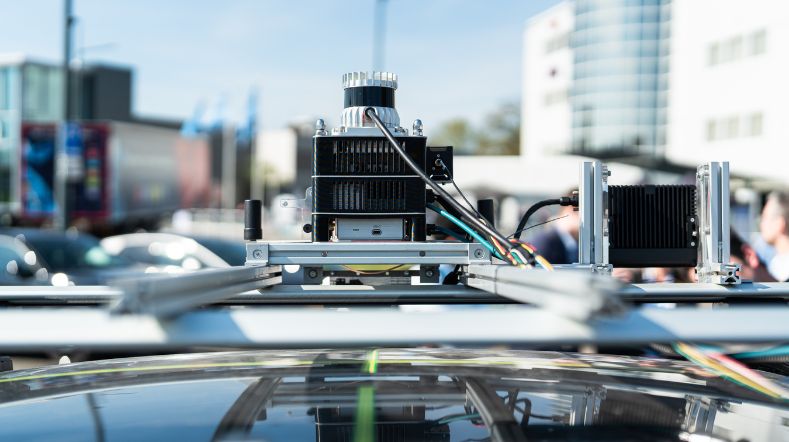

Demonstrations of automated driving and charging for logistics at Maasvlakte
